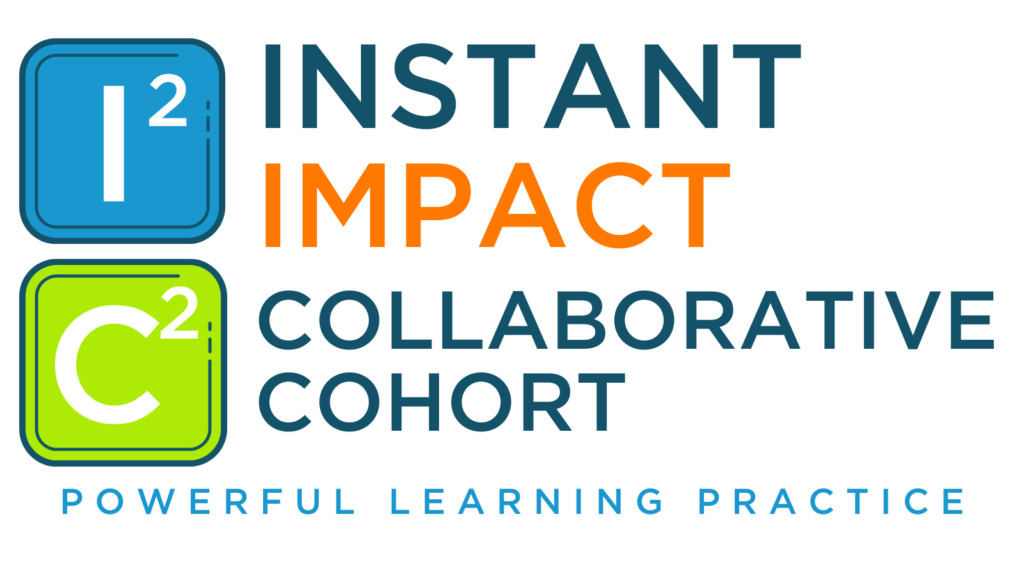
I transitioned to teaching online about 9 years ago, I went from a face-to-face, 5th grade teacher to a fully, online facilitator. I’ve realized that I chose to make this switch, many people right now didn’t. On top of that, I’ve learned a lot through trial and error, through observing Sheryl, through reflecting and answering questions….it takes a lot of time. Time which many of you don’t have right now, so I thought I would share my top five things I’ve learned.
1. It’s not just about the tech.
I came into teaching online with a Masters in Ed Tech, I had taken a majority of my Masters online, I had 1:1 classroom and was proud of how I integrated technology. Oh wow, did I have a wake up call. I had no idea what impactful teaching and learning looked like in online spaces. It’s about using technology to create learning experiences that ask students to be active participants, to create, to share, and to connect with each other.
2. Clear communication is key!
I know this seems kind of obvious but…it’s more than the usual communication you use in face-to-face situations. It’s thinking through as many hurdles or questions ahead of time and addressing them before they come up. It’s realizing that everyone is coming to your course or lesson with a variety of backgrounds and experiences. It’s over explaining! It’s letting students and maybe parents know what is coming, when, where and how.
3. Video is important!
I didn’t want to hear this when I first started teaching online. I hated making videos and avoided it at all costs. But, when you’re not seeing someone face-to-face on a regular basis, using video can do wonders for building trust. If you’re uncomfortable on video, my biggest piece of advice I have is to make as many videos as you can, it gets easier, I promise! Bonus: Here are my top tips for creating videos!
4. Everyone can have a Voice
At first glance it may appear that it’s harder to “hear” all of your students, but in reality using technology gives more opportunities for students to share answers or thoughts. Google Docs, Google Forms, polling tools, the chat feature of an online meeting space, discussion boards, Padlet, are all ways that students can be asked to share a response. Not only does it help build trust between students, but it provides opportunities for all to be heard and feel valued.
5. Trust and Community are the Foundation
If we want students to truly be engaged and invested in Connected Learning, there needs to be trust built and community established over time. It needs to be built intentionally and thoughtfully. Creating opportunities for students to share aspects of who they are and their life, sharing your own personality and life, and providing them times to connect with each other. When students feel that they are a part of a community, and that they are valued, they are more likely to show up and engage with you!
How about you? For those you teaching online this year, what is something you’ve learned that might help others? Comment below and let us know.
Not sure where to start with some of these tips or how they be integrated into your current situation? Take a look at Instant Impact Collaborative Cohort, you’ll find vetted resources, 1:1 and small group coaching, connection with other educators and strategies to reduce overwhelm!

Jennifer Bloomingdale
Latest posts by Jennifer Bloomingdale (see all)
- Happy New Year from the PLP Family - January 4, 2021
- Google Workspace: 8 Top Tips - December 18, 2020
- 5 Tips for Integrating Digital Citizenship into Remote Learning - December 10, 2020


All good tips and insights to online learning and teaching. I have not started teaching online yet. Next week will be the first week to teach virtually SEL skills to K-5 grade students. It will be an adventure! I look forward to the challenge.
Kathy, I hope you’ve found them supportive as you begin your journey into online teaching. I hope all goes smoothly with the transition next week!